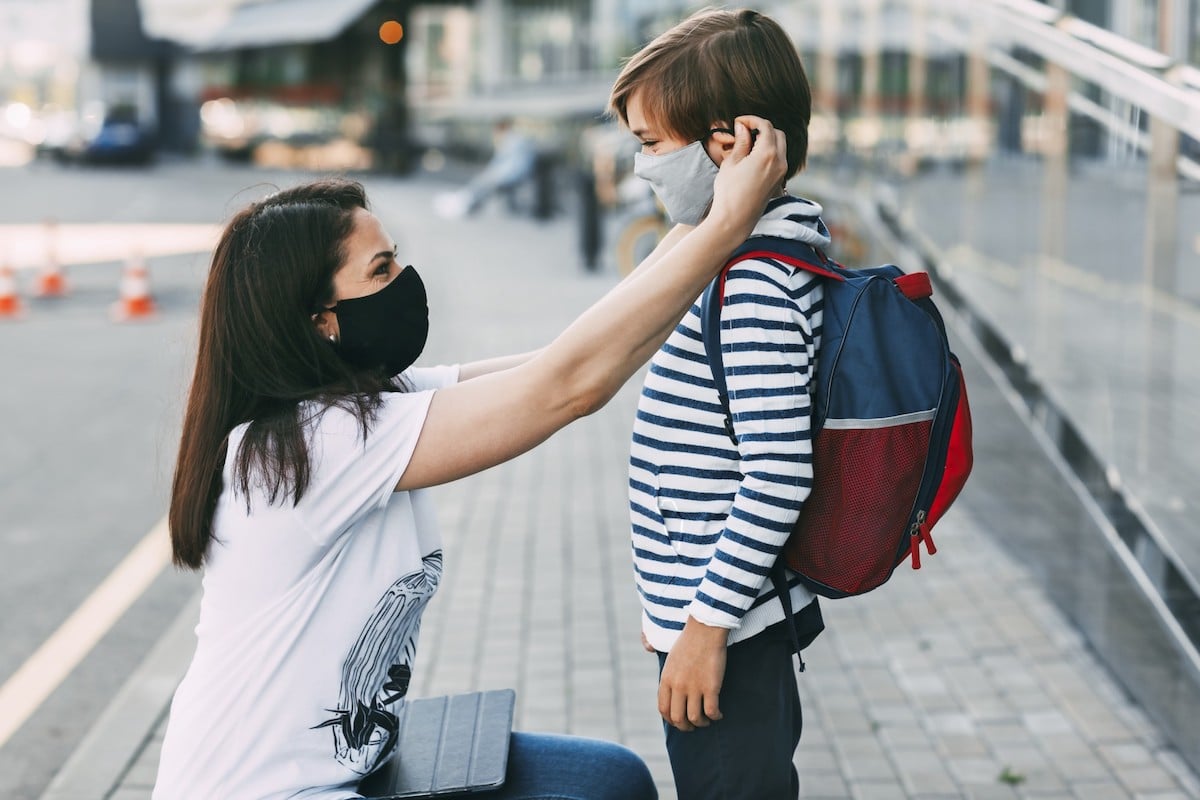School Reopening Terms And Definitions
August 4, 2020

As schools across the country begin to unveil their plans for reopening this fall, there are many terms and phrases that may be new and unfamiliar to families. As parents and caretakers examine their options for learning in the fall, we wanted to provide a resource that explains many of the new school reopening terms or buzzwords we’ve seen across school reopening plans.
Learning Approaches During School Reopening
- Virtual Learning – A learning experience that utilizes computers and/or the internet.
- Blended Learning/Hybrid Learning – A style of education that combines virtual learning with traditional face-to-face teaching.
- Synchronous Learning/Live Instruction – When a group of students are engaging in learning at the same time. With this style of learning, teachers are available to answer student questions in real-time.
- Asynchronous Learning/On-Demand Learning – When students learn the same material at different times and locations. With this style of learning, families can determine the schooling schedule that works best for them.
- Self-Driven – This learning style focuses upon giving the student responsibility for instruction rather than relying upon a teacher or facilitator.
- SEL – Social and emotional learning is the process through which children and adults understand and manage emotions, set and achieve positive goals, feel and show empathy for others, establish and maintain positive relationships, and make responsible decisions.
Preventing The Spread Of COVID-19
- Social Distancing – Keeping space between yourself and other people outside of your home. To practice social or
physical distancing – stay at least 6 feet (about 2 arms’ length) from other people. - Cohorting – Ensuring that student and staff groupings are as static as possible by having the same group of children stay with the same staff (all day for young children, and as much as possible for older children).
- PPE – Personal protective equipment, equipment worn to minimize exposure to hazards that cause serious workplace injuries and illnesses.
- Cleaning – Reduces the number of germs, dirt, and impurities on the surface.
- Disinfecting – Kills germs and bacteria on surfaces.
- Self-Assessment Screening – A set of questions for people to ask themselves in order to evaluate their symptoms and determine if they should self-quarantine.
- Quarantine – A period of isolation in which a person who may have been exposed to an infectious disease are placed.
- Contact Tracing – Identifying people who have an infectious disease and mapping out the people they may have exposed (contacts) and working with them to interrupt disease transmission. For COVID-19, this includes asking cases to isolate and contacts to quarantine at home voluntarily.
Schedules For School Reopening
- Alternating Schedule/Split Schedule – When schools schedule different groups of students to physically attend school on staggering days to reduce the number of people in the school building each day. Example: Dividing the student body into two groups, A and B, and then having group A attend school physically Monday and Tuesday and group B attend school Wednesday and Thursday.
- Staggered Schedule – When schools schedule events such as arrivals, drop-offs, lunch, etc. to occur at different times for different groups or cohorts to limit contact as much as possible.
National And Local Authorities Making Recommendations For School Reopenings
- AAP – American Academy of Pediatrics
- CDC – Center for Disease Control
Other Important Terms
- Liability Waiver – A legal document that a person who participates in an activity may sign to acknowledge the risks involved in their participation.
Did we miss something? Email us at connect@navigatestlschools.org if there is a word or phrase you’d like for us to define and add to the list.